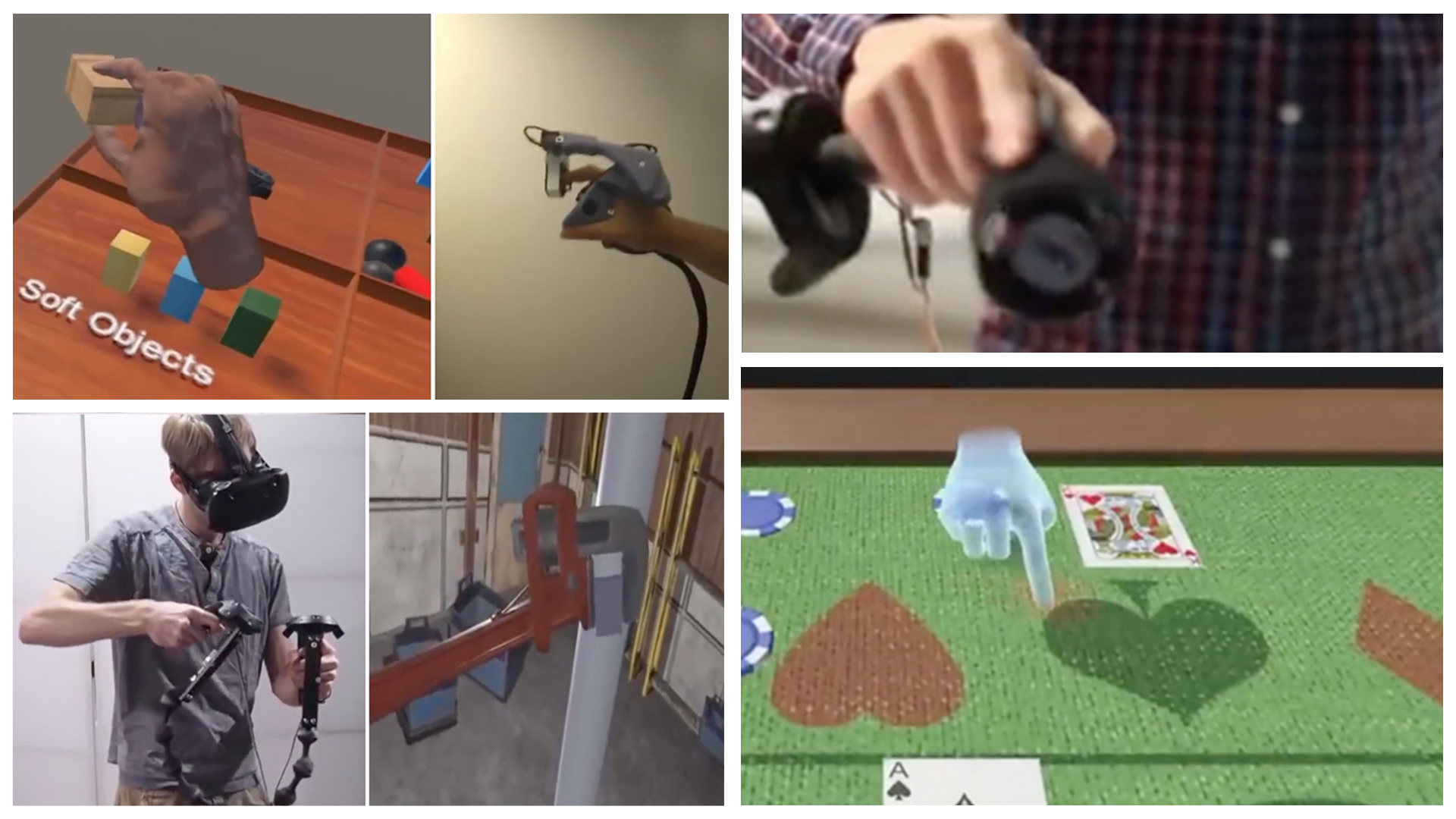Posted by
Spotlight: Microsoft research newsletter
Interestingly, researchers from Microsoft Research Redmond (opens in new tab) are expanding that modern-day model of interaction using research breakthroughs from the 1990s combined with the latest in touch functionality.
In-Place, a project by Michel Pahud (opens in new tab), Ken Hinckley (opens in new tab), and Bill Buxton (opens in new tab), is the result. The work uses “bi-manual commands,” which means two hands working seamlessly together, such as touch with an index finger to move a menu toward the dominant hand so it can select a tool.
It doesn’t hurt, though, that Buxton worked on one of the technique’s predecessors, T3, a prototype two-handed drawing program, while with Alias|Wavefront Research in 1997. In addition, he also helped develop Toolglass and Magic Lens, also used for the In-Place project, while working for Xerox PARC in the early ‘90s.
What goes around comes around …
“This work was done using indirect manipulation,” explains Pahud of the 1990 technologies, “because, at that time, the technology of direct touch on displays was not mature enough and the ability to have simultaneous pen and touch on a digitized screen was not possible. Now that pen and touch is possible on many devices, ranging from slates to large displays, it’s a great time to revisit this work.”
It also doesn’t hurt that Hinckley, through his work on the InkSeine (opens in new tab) project, is a thought leader in pen computing. Through the prior contributions of Buxton and Hinckley, and the new techniques built atop that 20th-century foundation, In-Place holds promise to enhance significantly human-computer interaction in the second decade of the 21st century.
The larger displays get, the more out of reach fixed location icons and commands become, making systems more cumbersome to use and preventing multiple people from working at the same time on the same surface. In-Place commands are what one could equally well call right-place commands, where the right place is where you need them — just as a painter’s palette it is right by the canvas when the painter needs it, but out of the way when it’s not needed. The whole display is freed for content and not for interface.
There are other enhancements, as well. You can expand a menu to see a collection of submenus by placing your index finger and thumb together on the menu and spreading them apart. A simple tap away from the menu makes it disappear. A shortcut menu enables you to change modalities. All of these functionalities—and others—are intuitive, natural, and easy to grasp.
Then there is In-Place’s Toolglass menu, which provides the ability to create shapes on the touchscreen-enabled device— an example of what the researchers like to call a “direct-input device.” Using a pen in one hand and touching the screen with the other, users can create and manipulate a line, a circle, or a rectangle and combine them in various ways. An offset enables accurate placement without one’s finger blocking the target. Colors and line thicknesses are also at hand.
“Personally,” Pahud says, “I find the Toolglass menu very compelling, because you can use both hands to size and place shapes. For instance, try to draw a circle inside a square in PowerPoint on a slate with no simultaneous pen and touch—or at least multitouch. It’s difficult, because you cannot position and size the shapes at the same time. With the Toolglass and two hands, manipulation is very intuitive and straightforward.”
The researchers are experimenting with new types of menus that would benefit from the pen-and-touch interactivity. One is a radial menu in which menu options are displayed in circular fashion rather than rectangular. And then there is the Finger Clipboard: With a finger touching the display, you can drag items such as documents, photos, or music files into the finger’s shadow. Remove the finger, the items disappear; touch the screen in a different location, and the items reappear in that new position. To unload the “clipboard,” you need only swipe the collection of objects across the screen.
For Pahud, the naturalness of the gestures used to operate the In-Place UI is the main selling point for the research.
“I love the extension of the menu and the ability to switch the default tool palette by moving the index finger while keeping the thumb down,” he says. “It might appear difficult to perform when you see it in the demonstration, but it’s actually very simple, it feels good, and it’s intuitive.”


